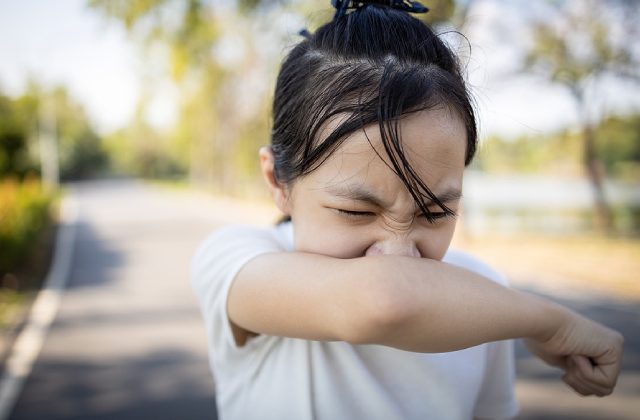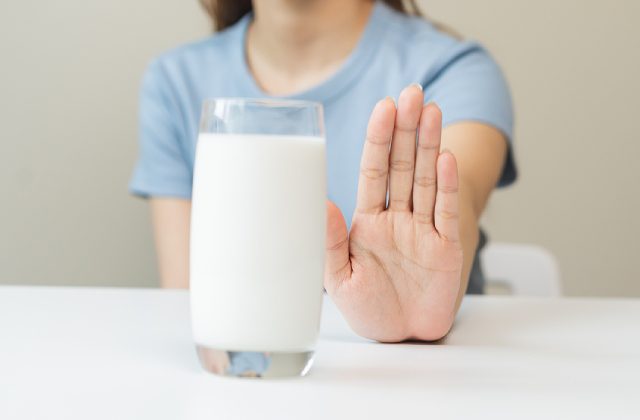
If your child has respiratory allergies, the first step is typically to reduce exposure to the inciting allergens. However, zero exposure can be challenging, especially with common allergens like pollen and dust mites. As such, most parents turn to medications like antihistamines, nasal sprays, and asthma inhalers—which are effective, but only for the short-term.
If you’re looking for a longer-term solution, consider sublingual immunotherapy, which seeks to change how the immune system reacts to a particular allergen.
What Is Sublingual Immunotherapy?
Allergen immunotherapy is an allergy treatment that works by exposing an individual to small amounts of a particular allergen. Over time, this exposure lowers the immune system’s sensitivity to the allergen. As the amount of allergen exposed is extremely small, there is no need to worry about reacting negatively to the treatment.
Sublingual immunotherapy (SLIT) is an alternative to subcutaneous immunotherapy (SCIT). SLIT involves drops of solution or a fast-dissolving tablet being placed under the tongue, while SCIT involves taking an allergy shot, which might be intimidating for young children and may cause more severe reactions.
SLIT is also a more comfortable option for most children as it can be self-administered at home.
Therefore, if your child experiences allergic nasal and eye symptoms, or mild-to-moderate allergic asthma, SLIT might be beneficial.
SLIT vs. Medication
Many parents opt for medication like antihistamines. However, they can only provide symptomatic relief for a short period. Additionally, your child may also experience side effects, such as drowsiness, which may affect their ability to attend school.
On the other hand, SLIT aims to treat the underlying causes of an allergy and provide a longer-term solution to allergy management.
Allergy Drops and Tablets
SLIT comes in two forms: drops and tablets. Your child should place the drops or tablets under their tongue before swallowing. It is best to consult your allergy paediatrician on the proper technique.
We recommend that your child does not eat or drink for 15 minutes before and after taking the drops or tablets, as this may compromise SLIT’s effectiveness. Typically, treatment is continued for three to five years.
Possible Side Effects
Your child may experience mild swelling or itching of the tongue, lips, and throat during the first few weeks after starting treatment. SLIT would rarely result in any whole-body or severe allergic reactions.
Conclusion
SLIT may be able to provide long-lasting clinical remission of allergy symptoms. Therefore, they have the potential to vastly improve your child’s well-being and quality of life in the long run.
If you’d like to consult a general paediatrician for more information about SLIT and other allergy management strategies, visit Petite Practice, a paediatric allergy clinic in Katong.



